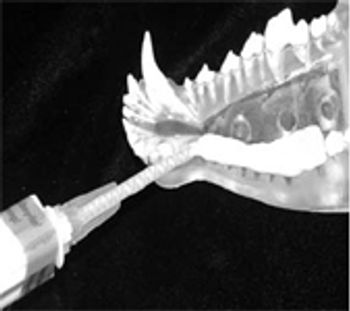
Mandibular fracture is a relatively common injury. Surgical repair of the mandible is complicated by the presence of tooth roots and a mandibular canal with its neurovascular contents.

Mandibular fracture is a relatively common injury. Surgical repair of the mandible is complicated by the presence of tooth roots and a mandibular canal with its neurovascular contents.
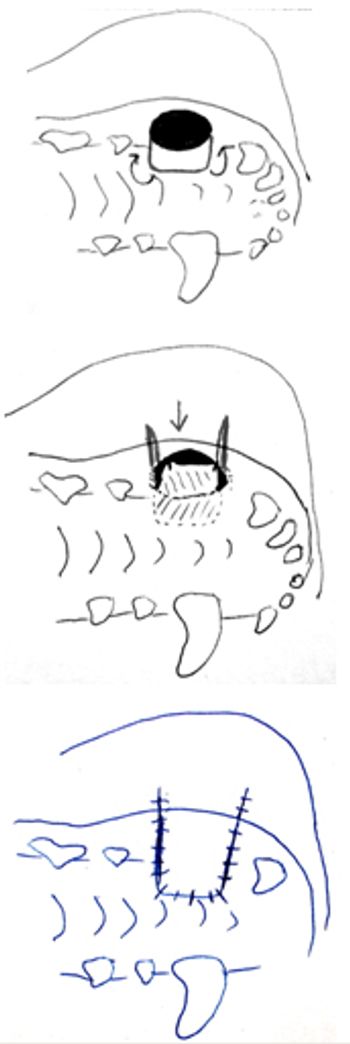
While it is true that many patients with dental problems are geriatric, anesthesia is generally safe and predictable. Routine precautions should be taken with preoperative assessment, not to determine whether or not to administer anesthesia, but to determine how to do it safely.
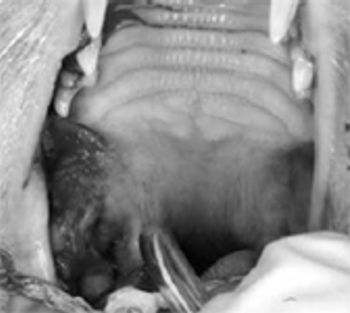
Some of the known causes of external root resorption include inflammation related to infection (either marginal from periodontal disease or apical from endodontic disease), pressure secondary to expanding cysts, tumors, or impacted teeth, excessive orthodontic force, after any trauma to the periodontal ligament, and one component of the normal process of primary tooth exfoliation.
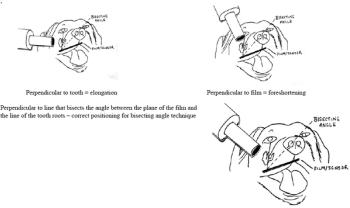
A good clinical oral examination is one of the most important tools we have for diagnosing many dental and oral problems. However, much of the pathology in the oral cavity involves the roots and supportive bone of the teeth instead of their visible crowns.
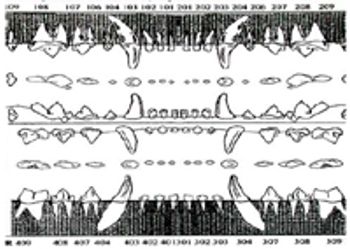
Familiarity with the normal structures and physiology of the oral cavity is a powerful tool to help identify what is not normal. Detailed examination of many normal mouths is the best way to acquire expertise.

Radiographs should be made whenever clinical examination indicates that there might be subgingival pathology that could be identified or better characterized by evaluating the hidden hard tissues.

The many abnormalities, lesions and diseases that are commonly found in the oral cavity become much easier to recognize after one has become familiar with the normal oral anatomy and structures. The most common and most obvious problems, such as periodontal disease and fractured teeth, are easy to identify during routine oral examinations.

Published: April 1st 2010 | Updated:
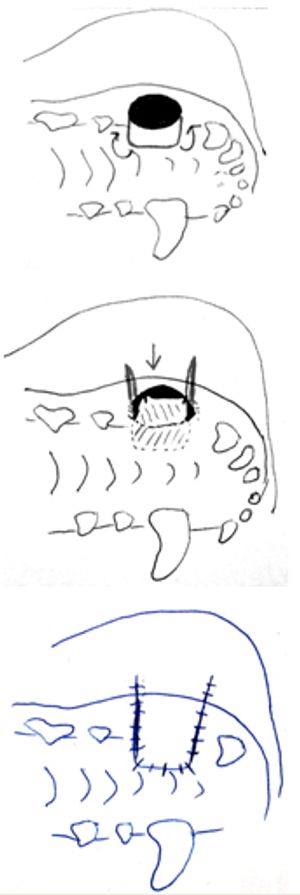
Published: April 1st 2010 | Updated:
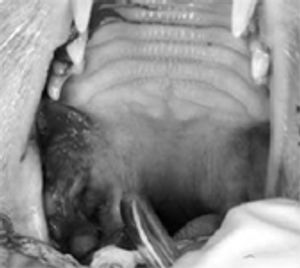
Published: April 1st 2010 | Updated:
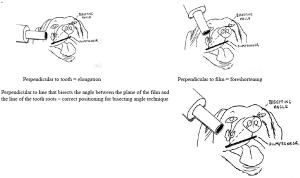
Published: April 1st 2010 | Updated:
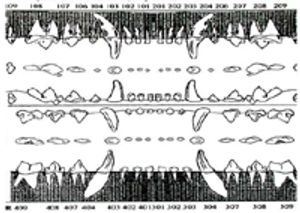
Published: April 1st 2010 | Updated:

Published: April 1st 2010 | Updated: